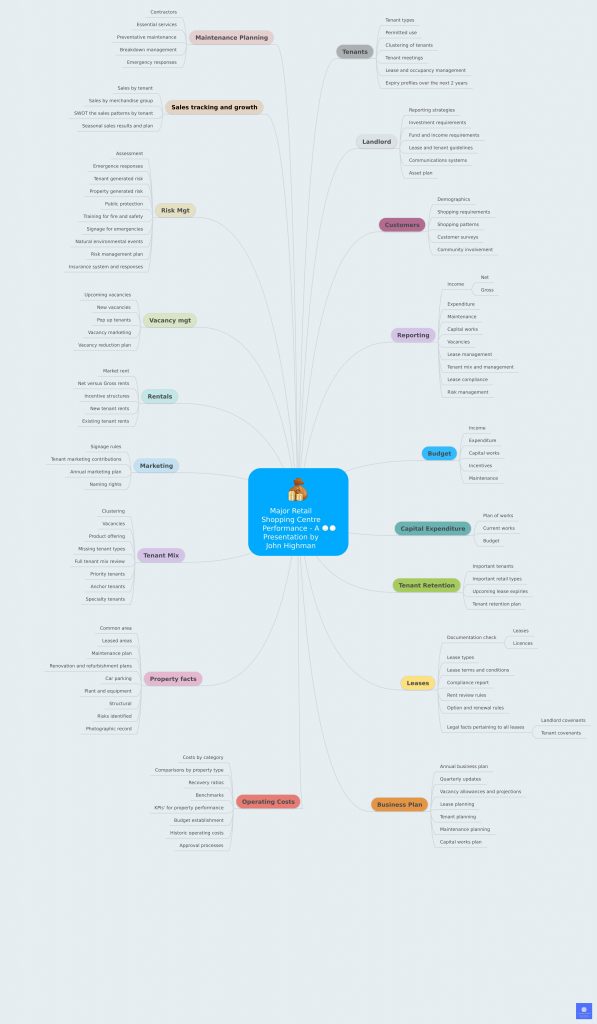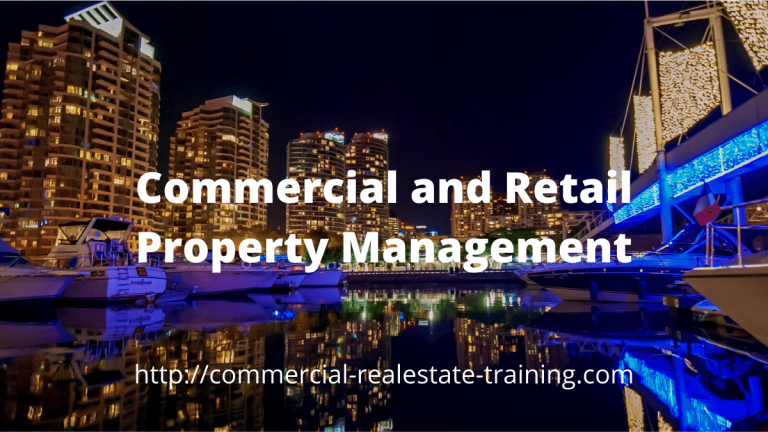How to Develop Your Own Presentation Style in Commercial Property Management
In commercial property management, you should develop your professional presentation package to help you win new business with clients and prospect. That package is to be relevant to your specialised services, and your capabilities. It should be remembered that property management and the processes behind it are very different from that of sales and leasing; the pitch process is similarly different and unique.
There are plenty of things that you can talk about in property management today as part of any property presentation, so make your pitch or presentation specific and local to the clients and the properties that you work with. There are many things that you can say to help you engage the attention and the consideration of the client. You can be different and special in your property control recommendations.
Don’t be Ordinary in Retail Property Management
There is nothing ordinary in providing a commercial or retail property management service, so talk about things, and do so in a comprehensive way. Talk about the professionalism and complexity of the industry; put yourself into the message. You are the ‘solution’ to so many property problems, so ‘sell the message’.
The challenges and the requirements of the industry today are many across specialised property categories such as leases, tenants, rental performance, and maintenance. On that basis, you can comprehensively talk about your services and your solutions to the client’s property challenges. You can and should delve into the challenges of the asset and the solutions that you can provide.
So how can you work with this? Most of the landlords seeking property management services require specific help in many ways; that is where your specialisation is important. Set your presentation plan and the key factors that you believe are important to talk about.
What is the Core Message About?
Know what you are going to say. It is simply a matter of digging down into the facts, the property, and the prevailing market conditions. Do your full assessment of those three things before you pitch and present your management services.
Before I go too much further here, let me remind you that a fair fee for a professional property management service will be required, so don’t provide discounts in managing any property. Discounts are not required for a quality service.
Explain your services, and do so in a comprehensive way. Help the client see that you are the best local specialist professional manager for the tasks at hand; understand exactly what you believe the client and the property requires. Show them the value that you will bring to the property management processes and the requirements of the asset now and into the future. Make clear recommendations.
Here are some specific strategies that can be woven into any commercial or retail property management review and presentation:
- Client requirements – seek to understand the client and the challenges that they face today with their asset and its performance; build a story related to the property and where it is headed. Ask plenty of questions before you go into any asset related conversation or recommendations. Look at the precinct and all the factors of the property as you probe the client for targets and ideas that they see as critical to the overall property outcomes.
- Property facts – inspect the property comprehensively as you consider the various strategies of management and control. Take photographs as part of the property inspection and use those photographs as you pitch and present your ideas to the client. It is a known fact that property-related photographs in a presentation will engage the thinking and the attention of most clients today.
- Tenant mix assessment – look at the tenants in occupancy, and consider the placement of each tenant given of the design of the property and the other tenants in proximity. This strategy is useful and relevant when it comes to buildings where multiple tenants are in occupancy. The strategy is highly recommended when it comes to any assessment relating to a retail shopping centre.
- Lease review – get a copy of the tenancy schedule for the building. Compare the schedule to the tenants in occupancy and the actual lease documentation. Look for discrepancies and risks related to occupancy. Every lease will be different, so read the documents before talking about lease changes and tenant placement recommendations.
- Income and expenditure improvements – the cash flow for the property will be paramount for the client when it comes to the investment performance over time, so there will be a need for a direct and timely review of the cash flow. Look at the different ways where you can improve rental income or reduce expenditure outlays. Make specific recommendations; the client will listen.
- Asset performance targets – every client will have some asset targets to work with. Those targets will be related to the holding strategy for the asset and the life-cycle given the age of the property and the overall property precinct. Consider those three things as you gather some targets and facts to talk about.
- Income growth – the rental base and income stream for the property will come from the leases. It will be impacted by vacancy factors, rent reviews, tenant success, the improvements, and the age of the property. Consider those things as you work with the property and its opportunities.
- Vacancy solutions – empty shops or buildings are an investment challenge. Identify the vacancies early and look at the ways to solve those vacancies in a direct and timely way. Look at all the leases for expiry in the next 12 months; they will also have an impact on occupancy and tenant movement.
- Business plan – recommend a business plan for the asset and where you believe you can take the property over time. The business plan can be very comprehensive and give some direction to the landlord given their targets, the property, and the prevailing market conditions.
From these ideas, you can make your commercial or retail property presentation specific and real to the clients that you are engaging with.









